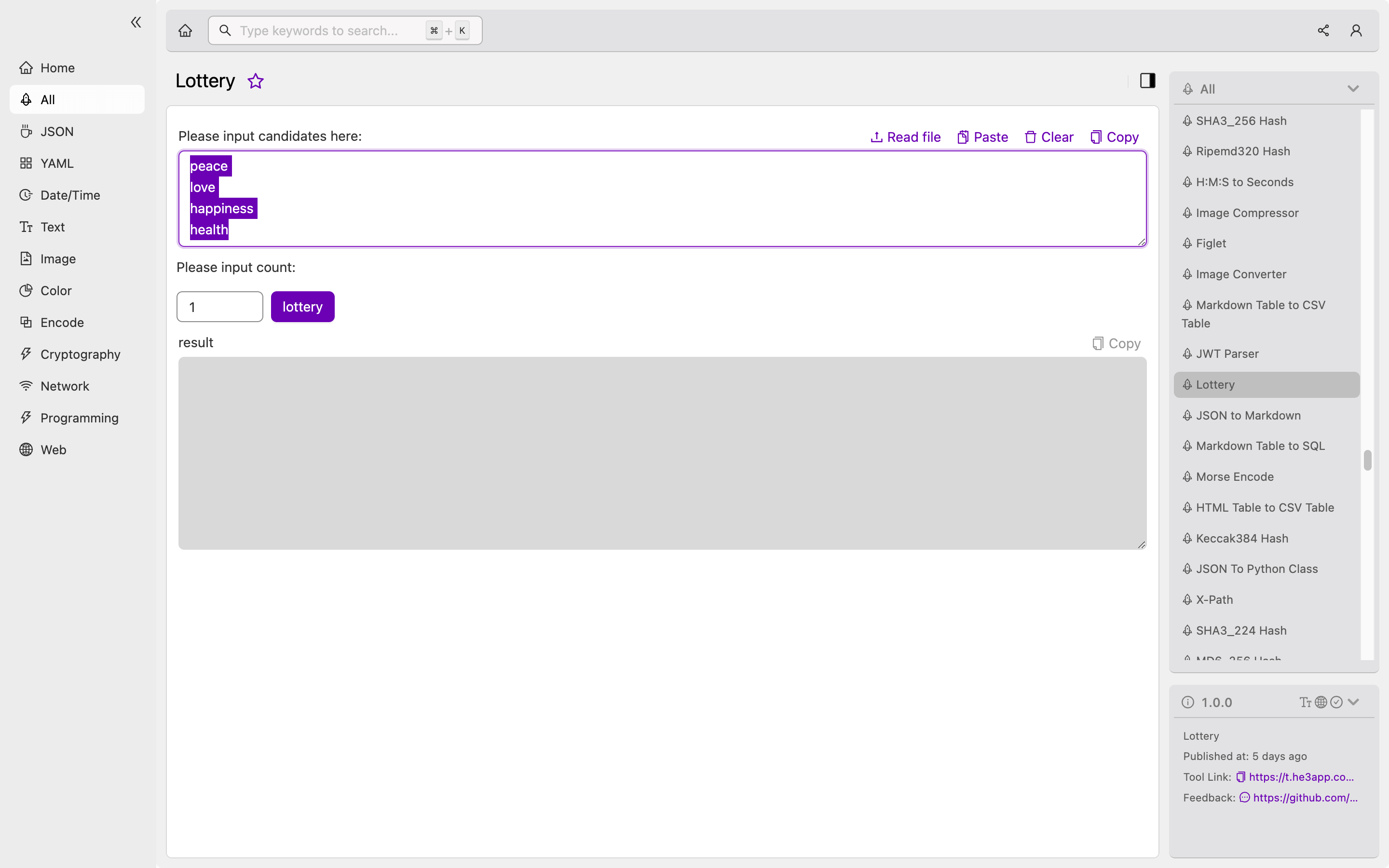Introduction
Lottery systems have been around for centuries, and their popularity has only continued to grow. Scratch cards, lotto games, mega jackpot prizes - the thrill of the unknown and the possibility of winning big makes lotteries an exciting form of entertainment.
But how do these systems actually work? And how can developers create their own lottery applications? In this guide, we’ll explore the concept of lottery systems, programming techniques, and common misconceptions.
The Basics of Lottery Systems
At its core, a lottery system is a process of randomly generating numbers to determine winning combinations. Players can buy tickets with combinations of numbers, and the winner is selected based on matching numbers drawn from the pool.
There are two main types of lottery systems: the traditional, physical systems and the digital, online systems. Physical lottery systems, such as scratch cards, are still popular and rely on manual selection and randomization, while digital lottery systems use algorithms or pseudo-random number generators (PRNGs) to generate results.
The use of PRNGs in digital lottery systems means that developers need to pay close attention to the quality of their randomization algorithms. A poorly implemented PRNG can lead to predictability, which in turn can lead to cheating and unfair play.
Programming Techniques for Lottery Systems
Developing a lottery system requires a combination of programming techniques, such as algorithms, data structures, and probability theory.
One common approach to generating random numbers is the use of the Math.random() function in JavaScript. This function generates a random floating-point number between 0 and 1. You can then use this number to generate a random integer within a particular range, such as lottery numbers.
// Generate a random integer between 1 and 49 (inclusive)
const lotteryNumber = Math.ceil(Math.random() * 49);However, the Math.random() function may not be suitable for all lottery systems, particularly those with high stakes. Some developers prefer to use more sophisticated PRNG libraries, such as the Random Number Generators library for Java.
Misconceptions and FAQs
Misconception: Lottery Systems Can Be Rigged
One common misconception is that lottery systems can be rigged by developers or other parties. While it’s true that some individuals have committed fraud or other illegal activities related to lotteries, it’s important to note that these actions are crimes and not a reflection of the integrity of the lottery system itself.
Lottery systems are designed to be fair and random, and they undergo regular audits and checks to ensure that the results are truly random.
FAQ 1: Can Developers Create Their Own Lottery Systems?
Yes, developers can create their own lottery systems using programming languages such as Java, Python, and JavaScript.
FAQ 2: How Do I Ensure That My Lottery System is Fair and Random?
To ensure that your lottery system is fair and random, you should use a high-quality PRNG library and conduct extensive testing and analysis of the system’s results. You should also consider incorporating randomness tests, such as the NIST Statistical Test Suite, into your development process.
Conclusion
Lottery systems are a fascinating and popular form of entertainment, and the development of lottery applications requires a combination of programming techniques and probability theory. By paying careful attention to the quality of your PRNG algorithms and testing your systems thoroughly, you can create a fair and fun lottery experience for your users.
Wikipedia links:
Or you can use Lottery tool in He3 Toolbox (https://t.he3app.com?k6e2) easily.

